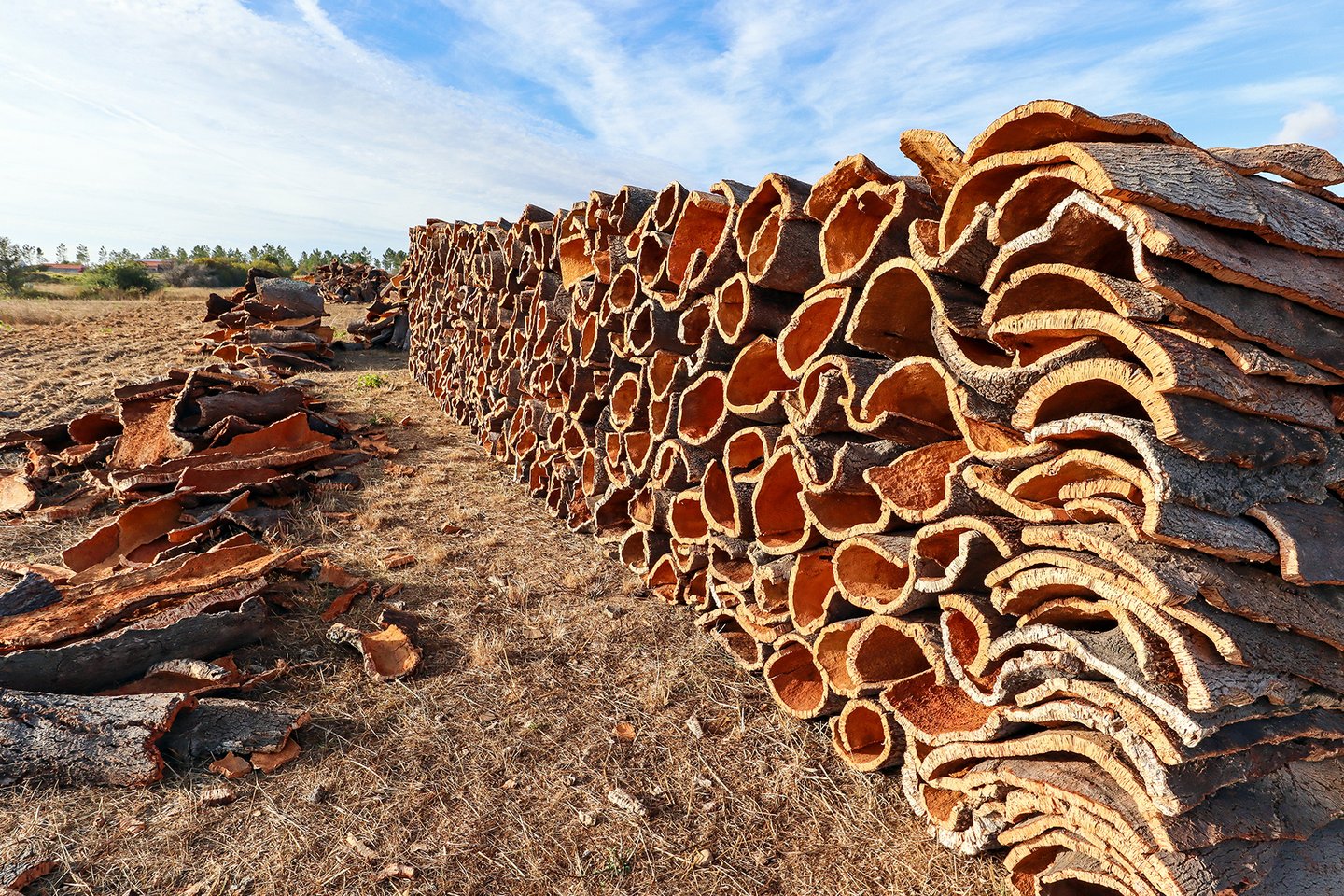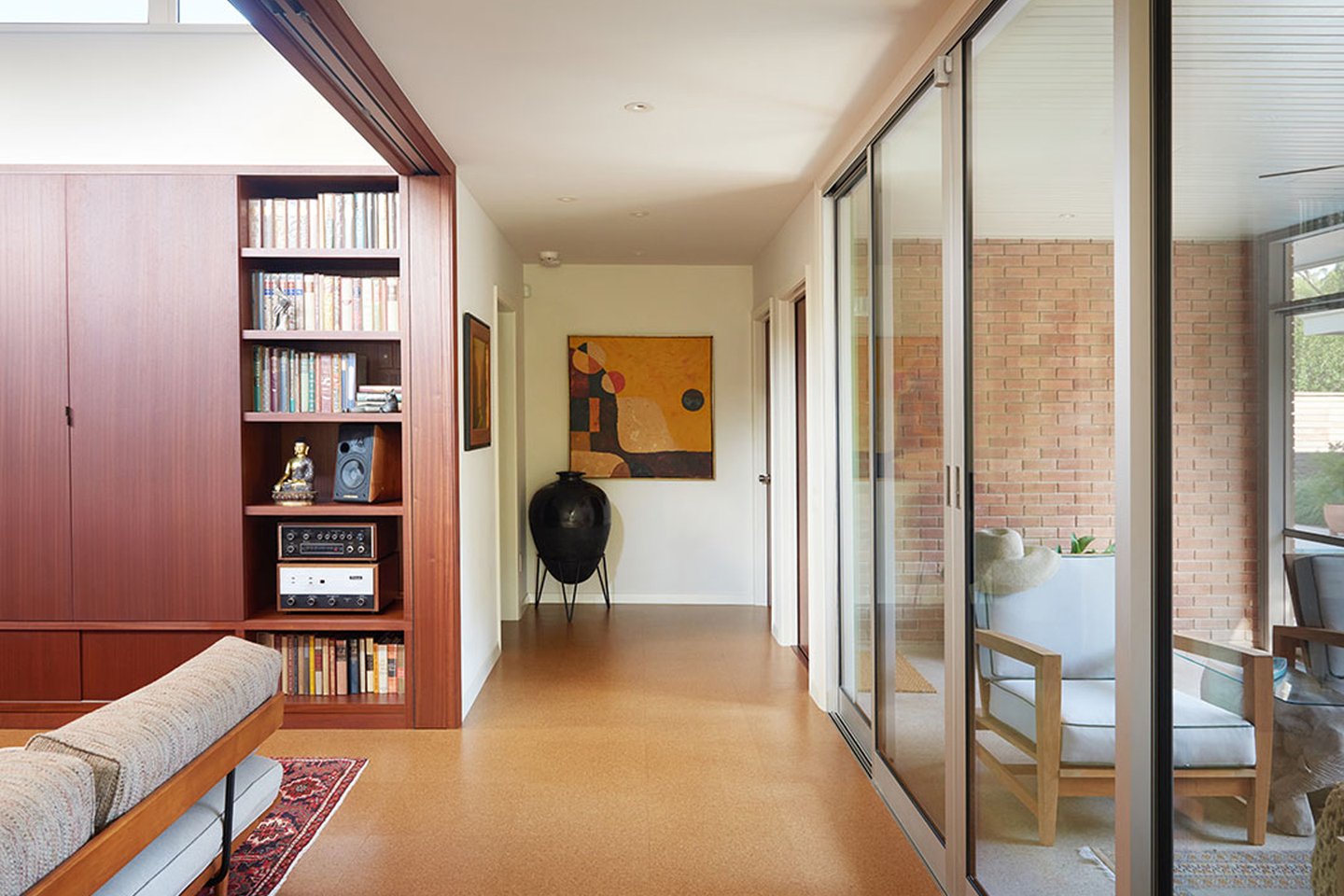
5 min read
Wood Shingles: a Cut Above
Inexpensive, sustainable, versatile and efficient: why the humble wood shingle is enjoying a revival in the building industry.

3 min read
In the first of our new series, WLLW takes a comprehensive look at the health and environmental impacts of cork.
In the first installment of this series we will examine the properties of cork. In use since antiquity, cork is a versatile and environmentally friendly material with a range of potential applications in the home. Originating from the bark of cork oak trees, primarily found in the Mediterranean region, cork is harvested through a process that does not harm the tree, allowing it to regenerate and be harvested repeatedly over its lifespan. Cork is used in a myriad of ways in the home, from flooring and wall tiles to acoustic insulation and decorative accessories. So why is it a healthy, sustainable material?

Cork is naturally resistant to mold, mildew and pests, which helps reduce allergens in the home. It does not absorb dust, so is ideal for use by people who suffer from allergies or asthma. Cork also emits low levels of Volatile Organic Compounds (VOCs), which can cause health complaints such as respiratory irritation, eye and skin irritation, headaches, dizziness and fatigue. Using cork, therefore, can improve indoor air quality compared to some synthetic materials.
Cork oak forests play a crucial role in carbon sequestration, absorbing CO2 from the atmosphere, and the cork products themselves continue to store carbon throughout their life cycle. These forests support a rich biodiversity, providing habitats for various species, and sustainable management of cork harvesting helps protect these ecosystems. Additionally, cork is recyclable and biodegradable, meaning that at the end of its useful life, it can be recycled or will decompose naturally without releasing harmful substances.
Adhesives for cork installations range from solvent-based types, which can release significant VOCs and potentially cause respiratory irritation and other health issues, to water-based and natural adhesives that are lower in VOCs and safer for indoor environments. Common finishes of cork products include polyurethane, which provides durability and water resistance but can emit VOCs during application and curing. The primary health concerns with these materials stem from VOC emissions, which can cause short-term symptoms like irritation and headaches, and long-term exposure risks including respiratory issues and increased cancer risk.
Terms like ‘composite’ or ‘engineered’ may suggest the presence of additional materials, such as resins or synthetic fillers, which can increase VOC emissions. ‘Vinyl-coated’ cork products, while offering durability and water resistance, often contain vinyl, a synthetic material that can emit VOCs and affect indoor air quality.
Choose FSC (Forest Stewardship Council) certified cork which guarantees that the product has been made from sustainably managed forests. Water-based sealants, as opposed to solvent-based ones, typically have lower VOC levels and are safer for indoor air quality. Low-VOC polyurethane sealants are available and are a healthier choice for indoor use. Look for certifications such as Greenguard or EcoLogo when selecting sealant products.




Photography: Deyan Georgiev/Adobe, ah_fotobox/Adobe, Clayton & Little by Nick Simonite, Lorenzo Zandri, Pretziada by Claudia Ferril, Gurea Arquitectura Cooperativa

5 min read
Inexpensive, sustainable, versatile and efficient: why the humble wood shingle is enjoying a revival in the building industry.

4 min read
Studio AMOS is a British craft studio led by Annemarie O'Sullivan and Tom McWalter. Their work is rooted in the ancient craft of basket making, and they grow and harvest local materials to make functional objects, furniture and lighting. Earlier in the summer, we paid them a visit.